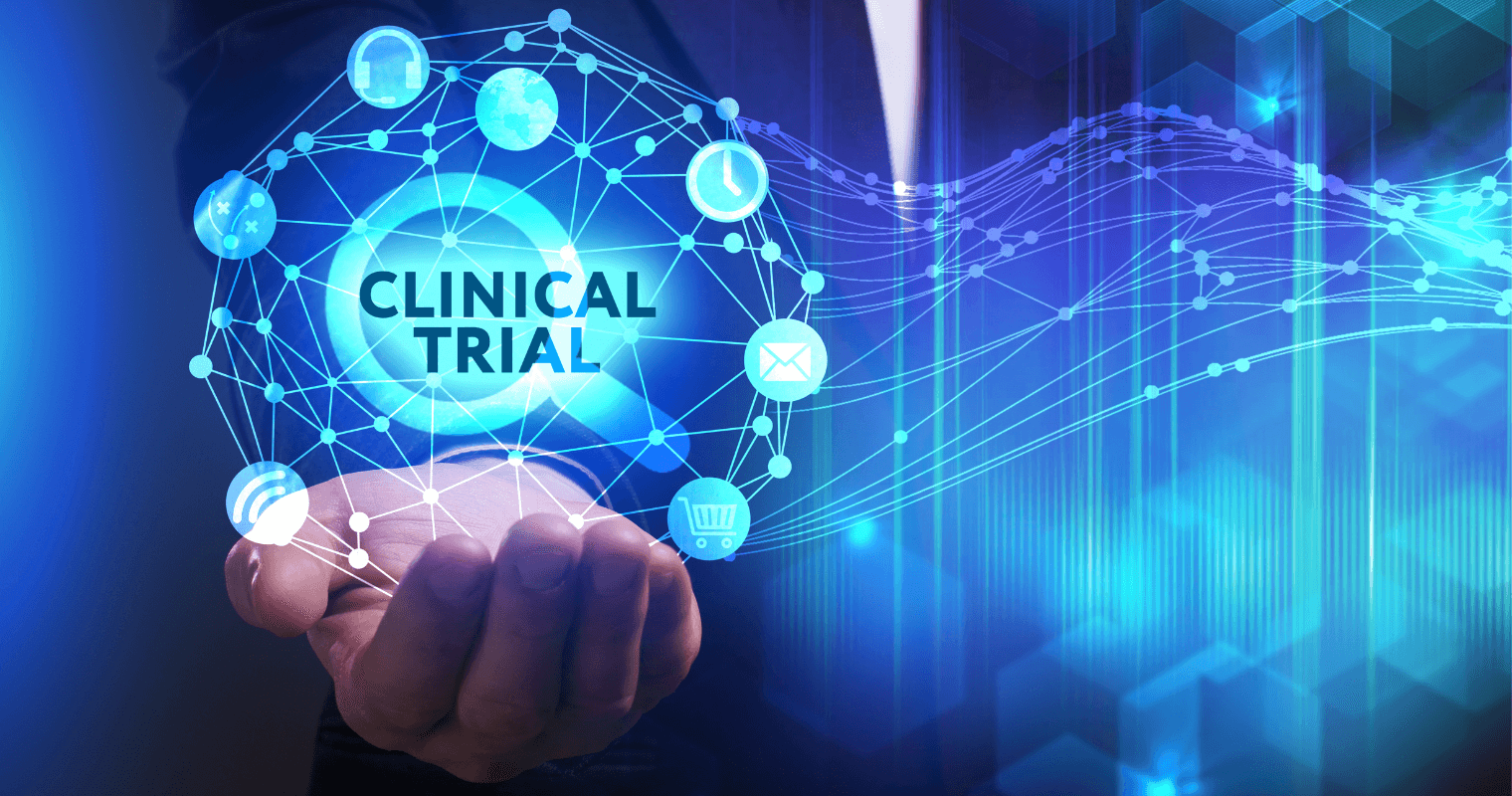In the fast-paced world of biotechnology, where breakthroughs in gene editing, drug development, and personalized medicine promise to revolutionize healthcare, companies face an overwhelming challenge: how to turn groundbreaking ideas into life-saving products. This is where licensing comes in—a strategy that allows biotech firms to share, scale, and monetize their innovations without shouldering the full financial and developmental burden. From small startups to global pharmaceutical giants, licensing is the secret ingredient that accelerates the path to market, fosters collaboration, and opens doors to new opportunities. But what exactly does licensing entail in the biotech industry, and how can it benefit both innovators and investors? Let’s dive in and explore the power of licensing in shaping the future of biotech.
In the biotechnology industry, licensing refers to the process by which one company (the licensor) grants another company (the licensee) the right to use, develop, manufacture, or sell its intellectual property (IP), technologies, or products, usually for a fee or royalty. This is a common strategy for biotech companies to expand the reach of their innovations, access new markets, or generate revenue without having to build extensive infrastructure or develop new capabilities in-house.
Licensing deals are typically seen in several contexts within biotech:
Technology Licensing
- Licensing of Patents: A biotech company may have a patented technology, such as a novel drug discovery platform, a specific enzyme, or a gene-editing tool, and it licenses that technology to other companies for development or commercialization.
- Platform Licensing: A company with a proprietary technology platform (e.g., CRISPR gene editing, viral vectors for gene therapy, antibody libraries, etc.) might license the platform to others to use in developing new drugs or therapies.
Product Licensing
- A biotech company may license the rights to a specific product, such as a drug or medical device, to another company for manufacturing, distribution, or commercialization in specific geographic markets or for certain indications.
Cross-Licensing
- Companies may enter into cross-licensing agreements, where both parties grant each other rights to use their respective IP. This is common when both parties have complementary technologies that can enhance each other’s products or research.
Out-licensing vs. In-licensing
- Out-licensing: This occurs when a biotech company licenses out its own IP or product to another company, usually in exchange for upfront payments, milestones, and royalties on sales.
- In-licensing: This refers to when a company acquires rights to use another company’s technology or product, typically to develop its own pipeline or enhance its existing offerings.
Strategic Partnerships and Collaborations
- Licensing often forms the basis of strategic partnerships. For example, a biotech startup may license its novel therapeutic to a larger pharmaceutical company with greater resources for clinical development, regulatory approval, and commercialization.
Revenue Generation
- Licensing can be a significant revenue stream for biotech companies. Licensing agreements may involve upfront payments, milestone payments tied to the achievement of certain development or regulatory milestones, and royalties on future sales of the product or technology.
Key Aspects of Licensing Agreements
- Scope of License: This defines the field of use (e.g., specific diseases, therapeutic areas), geographic regions, and the duration of the license.
- Exclusivity: The agreement may be exclusive, where only the licensee can use the technology, or non-exclusive, where multiple companies can license the same IP.
- Royalty Rates: A percentage of sales from licensed products that the licensee must pay to the licensor.
- Milestones: Payments tied to key development or commercialization events, such as clinical trial success or regulatory approval.
Importance of Licensing in Biotech
- Risk Sharing: Biotech is often high-risk, and licensing helps share the financial and developmental risk. A smaller company might lack the resources for clinical trials or commercialization, and licensing allows a larger company with greater infrastructure to take on those risks.
- Access to Capital and Expertise: Licensing allows smaller biotech firms to access the capital and expertise of larger companies, which may be essential for bringing a product to market.
- Speed to Market: Licensing can help accelerate the development and market entry of new products, especially if the licensee already has established infrastructure or market access.
- Geographical Reach: Licensing enables companies to expand into international markets where they might not have the resources to operate independently.
In sum, licensing is a crucial component of the biotech industry, helping companies leverage their innovations and scale them more quickly while mitigating the inherent risks of biotechnology development.


